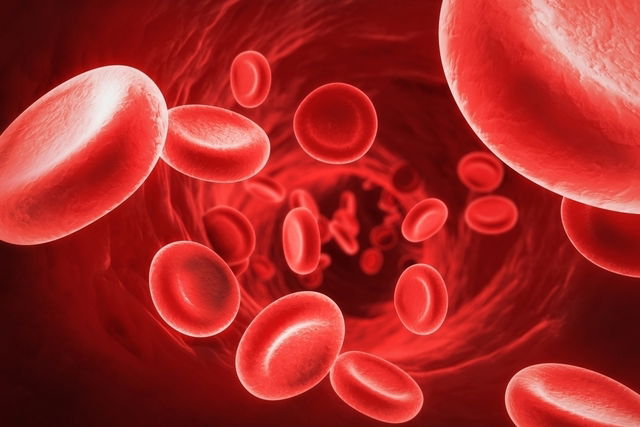A high platelet count can occur after intense physical stress, with stressful situations or as a result of labor. Increased platelet counts, also known as thrombocytosis, can also be a sign of other health conditions, like hemolytic anemia, iron deficiency anemia, myeloproliferative disorders or leukemia.
High platelets do not cause any symptoms and are only identified through a blood test. Platelets are considered to be high if there are over 450,000 platelets per microliter of blood.
If increased platelets are noted in blood results, it is important for the doctor to investigate the underlying cause to guide appropriate treatment.

What causes high platelets?
The main causes of high platelet count include:
- Intense physical activity or exercise
- Labour
- Stress
- Using adrenaline
- Smoking
- Severe hemolytic anemia
- Iron deficient anemia.
- Myeloproliferative disorders, like essential thrombocythemia, polycythemia vera and myelofibrosis
- Sarcoidosis
- Acute and chronic infections
- Leukemia
- After acute hemorrhages
- After spleen removal
- Neoplasia
- Ulcerative colitis
- After surgeries
By identifying and treating the cause of high platelets, levels should gradually start to return to normal levels.
Also recommended: Low Platelets: Symptoms, Causes & Treatment tuasaude.com/en/low-plateletsSymptoms of high platelets
The main symptoms that may arise with high platelets are:
- Fatigue
- Insomnia
- Headache
- Dizziness
- Shortness of breath
- Tingling in hands and feet
- Chest pain
It is important to emphasize that high platelet counts will only cause symptoms when blood clots or hemorrhages are present.
The best way to identify high platelets is through a blood test with a complete blood count, which checks the total number of circulating platelets, as well as other blood cells and their characteristics.
Normal platelet levels
Although reference ranges may vary from lab to lab, the following is a list of the general ranges for normal platelet counts:
- 1 day to 1 month old: 170,000 to 500,000
- 2 months to 5 months old: 210,000 to 650,000
- 6 months to 1 year old: 200,000 to 550,000
- 2 to 5 years old: 200,00 to 490,000
- 6 to 15 years old: 180,000 to 440,000
- 16 to 18 years old: 165,000 to 397,000
- 19+ years old: 150,000 to 400,000
Normal levels will vary depending on the patient’s age, while men and women of the same age group will have similar platelet levels.
Treatment options
Depending on the patient’s platelet count, symptoms and overall health status, the doctor may prescribe acetylsalicylic acid to decrease the risk for clot formation. The doctor may also prescribe hydroxyurea, which can decrease the rate of blood red cell production in the bone marrow.
Very high platelet counts can be life threatening, as there is a high probability of clots to form. The doctor may advise a plateletpheresis procedure, which involves the removal of excess platelets from the blood to normalize levels.
